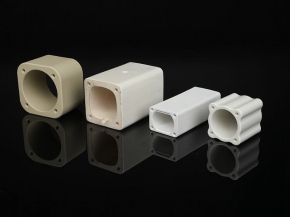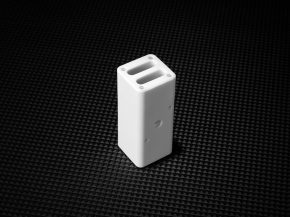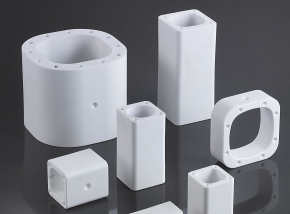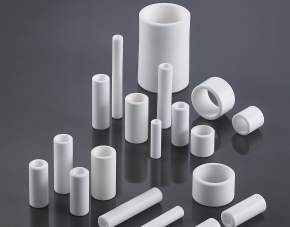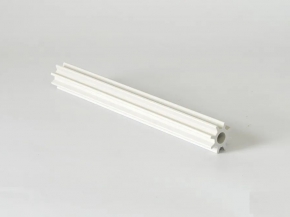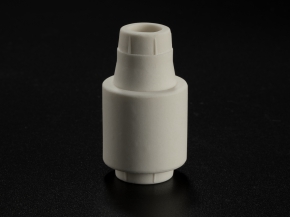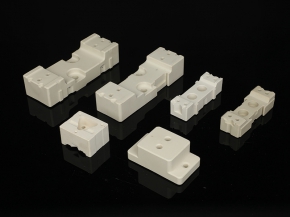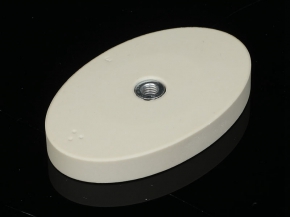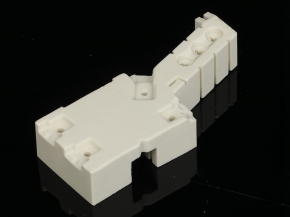NH Fuse
NH are the initials of 'Niederspannungs Hochleistungs, which in German means 'Low Voltage and High Stopping Capacity')
Meeting IEC 60 269-1 and IEC 60 269-2-1 and NBR 11841. Its high-strength ceramic body of a material called Statite, which meets a number of requirements for requests for mechanical and thermal stresses that occur during overcurrents.
Fuses are filled with quartz sand of high chemical purity and controlled granulometric distribution. This material conducts part of the heat from the element to the body and plays a key role in the process of extinguishing the arc and corrosion-proof metal parts.
The fuses use 2 letters, (letters to identify the type of operation of the fuse) and the first letter, calls the "Interrupt Range" , that is, what type of overcurrent the fuse will act, which are them:
"g" - Actuation for overload and short
"a" - Short-circuit performance only
The second letter, called the "Category of Use", that is, what type of equipment the fuse will protect, which are them:>
"L/G" - Cable protection and general use
"M" - Engine Protection
"R"- Protection of circuits with semiconductors
Therefore, we have the assemblies of the main fuses used in the market:
"gL/gG"- Fuse for cable protection and general purpose (Actuation for overload and short)
(This curve is mostly erroneously called – "Retarded")"aM" – Fuse for
engine protection (From confusion, you never know if this curve can be called "fast" or "retarded")"aR" -Fuse for semiconductor protection
(This can be called "Ultra-Fast" because it does not create conflict with other curves)
